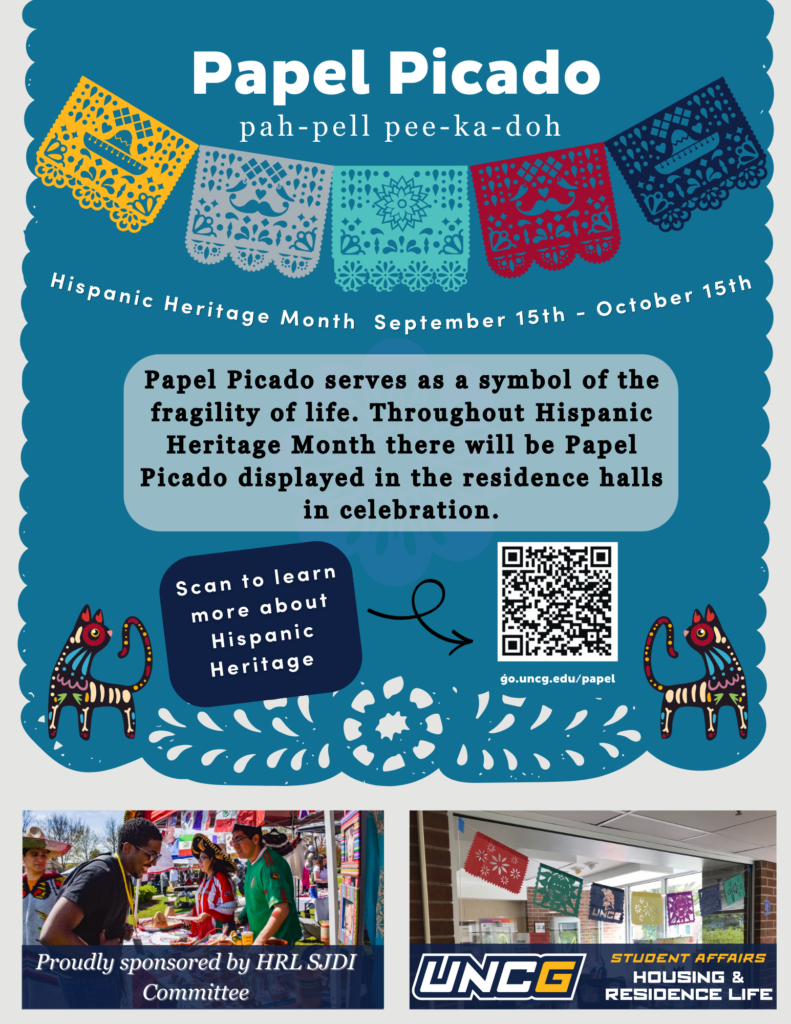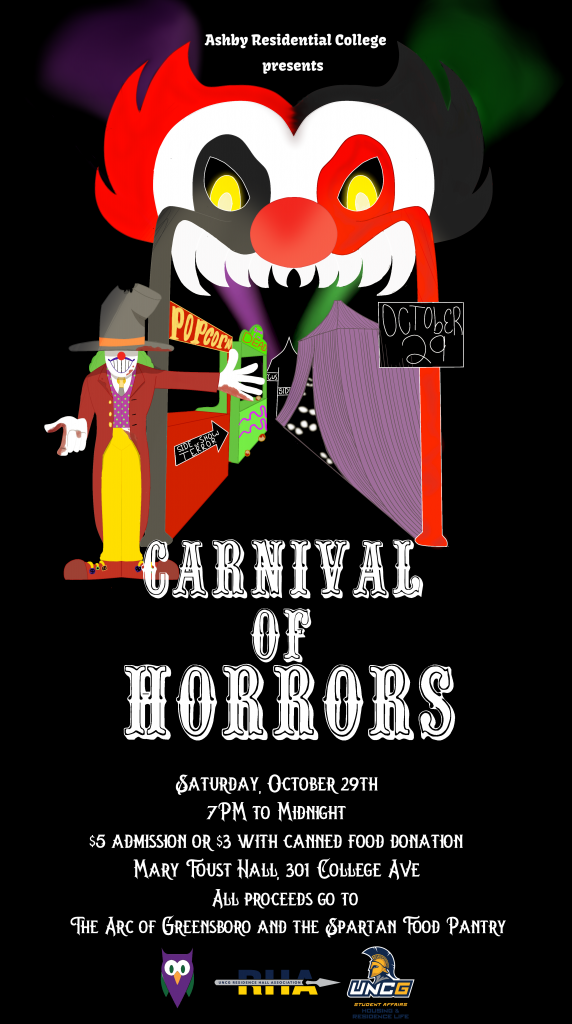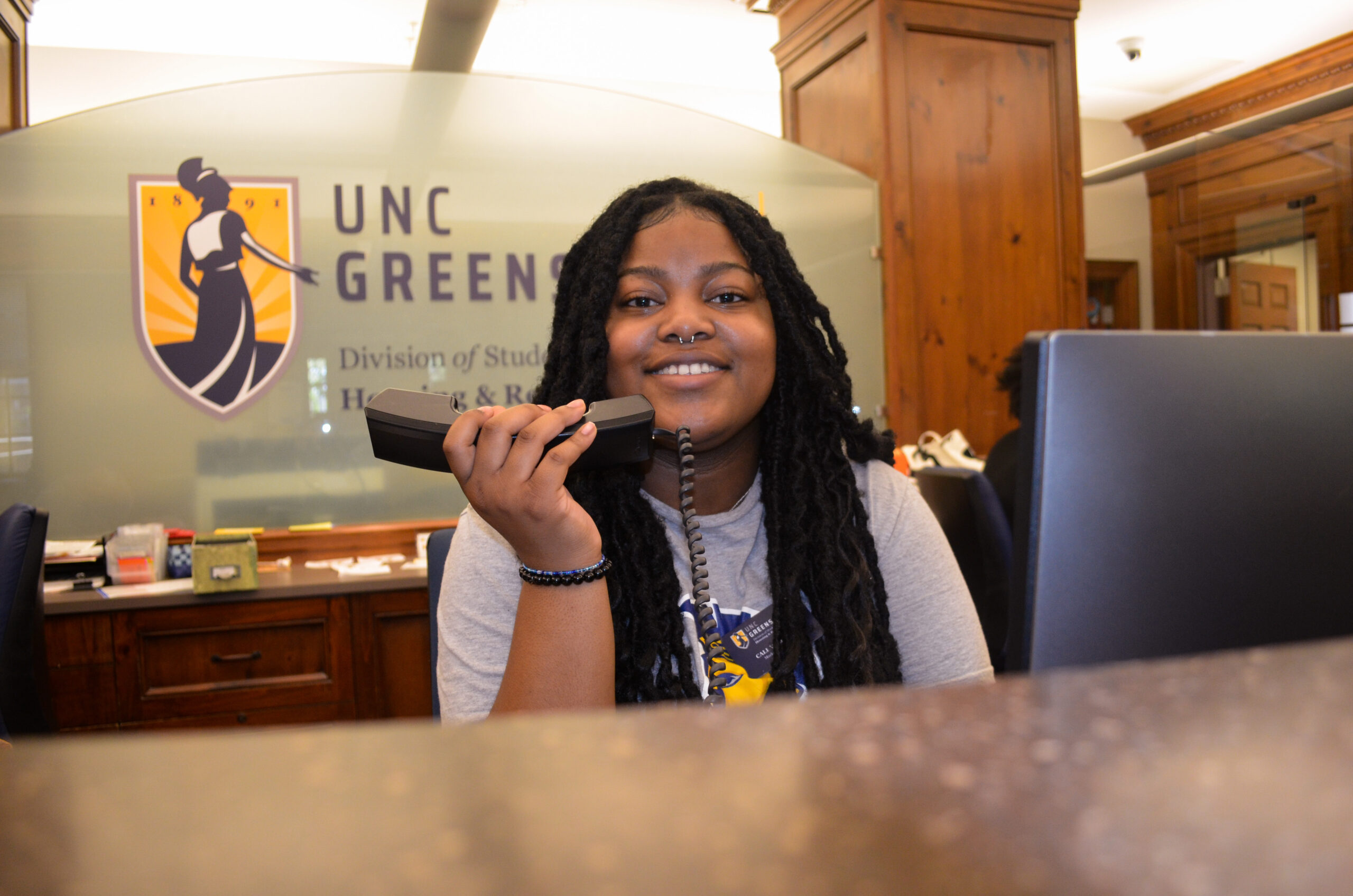Hispanic Heritage Month
September 15th-October 15th
Housing and Residence Life will have Papel Picado in the hallways in celebration of Hispanic Heritage Month. Papel Picado is a decorative art form involving the creation of intricate designs on tissue paper. The term “Papel Picado” translates to “perforated paper” in Spanish, which accurately describes the technique used in its creation. This traditional Mexican craft involves cutting delicate patterns and shapes into sheets of tissue paper using chisels, scissors, or other cutting tools.
Papel Picado is primarily used to adorn various settings, such as streets, buildings, altars, and more, especially during festivals and celebrations. It is a prominent element of Mexican culture and is often associated with festivities like Day of the Dead (Dia de los Muertos), Independence Day (Dia de la Independencia), and other important cultural events.
The origins of Papel Picado can be traced back to pre-Hispanic times when the Aztecs used tree bark to create decorative elements for use in temples and rituals. Over time, this art form evolved, and tissue paper became the material of choice due to its affordability and ease of use. While traditional Papel Picado is made from tissue paper, for durability purposes, it can also be crafted from materials like plastic, Mylar, or coated paper.
Papel Picado has not only remained a cherished tradition in Mexico but has also spread to other Latin American countries and various parts of the United States with Mexican communities, contributing to its recognition as a vibrant and colorful symbol of Mexican and Latin American culture.






